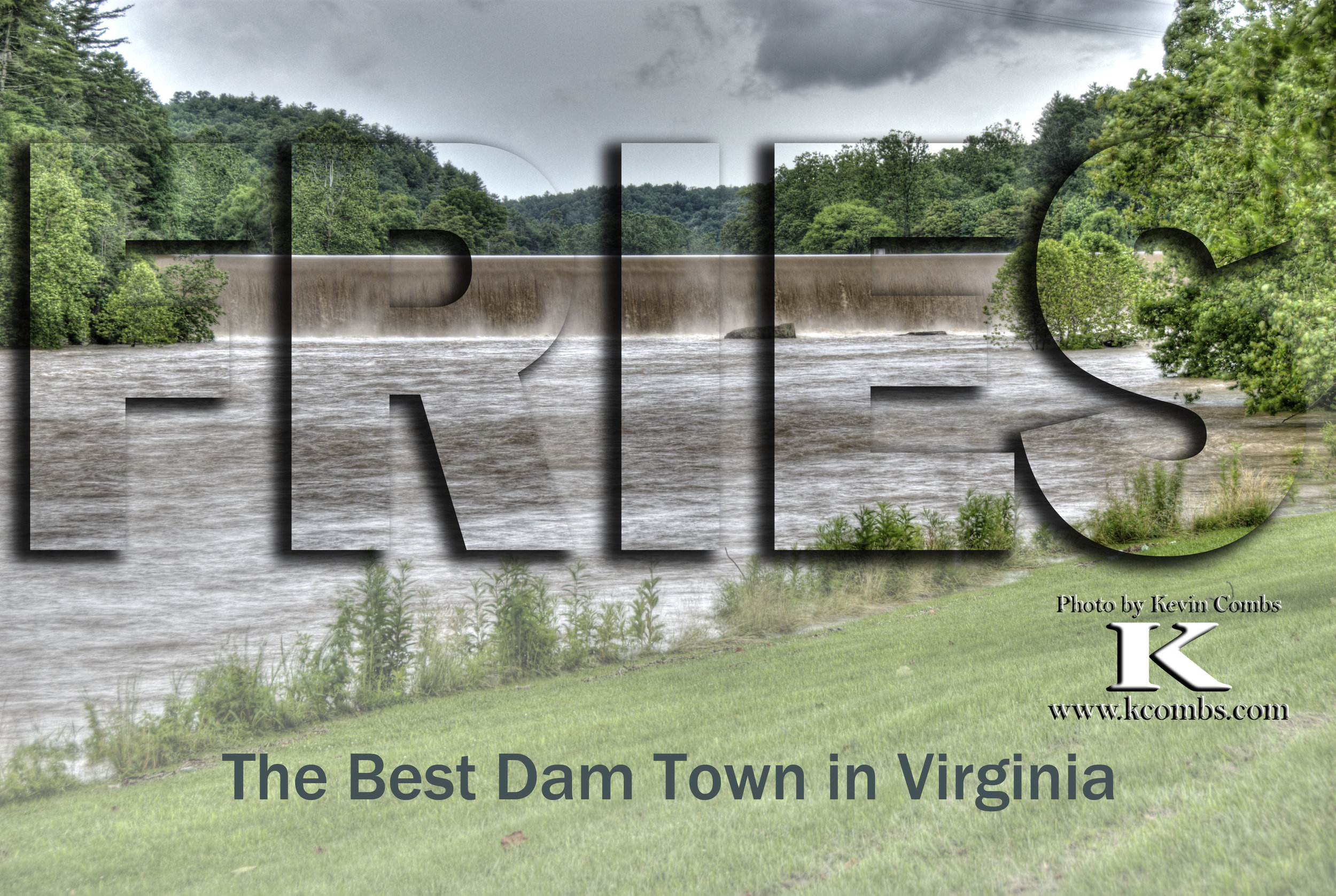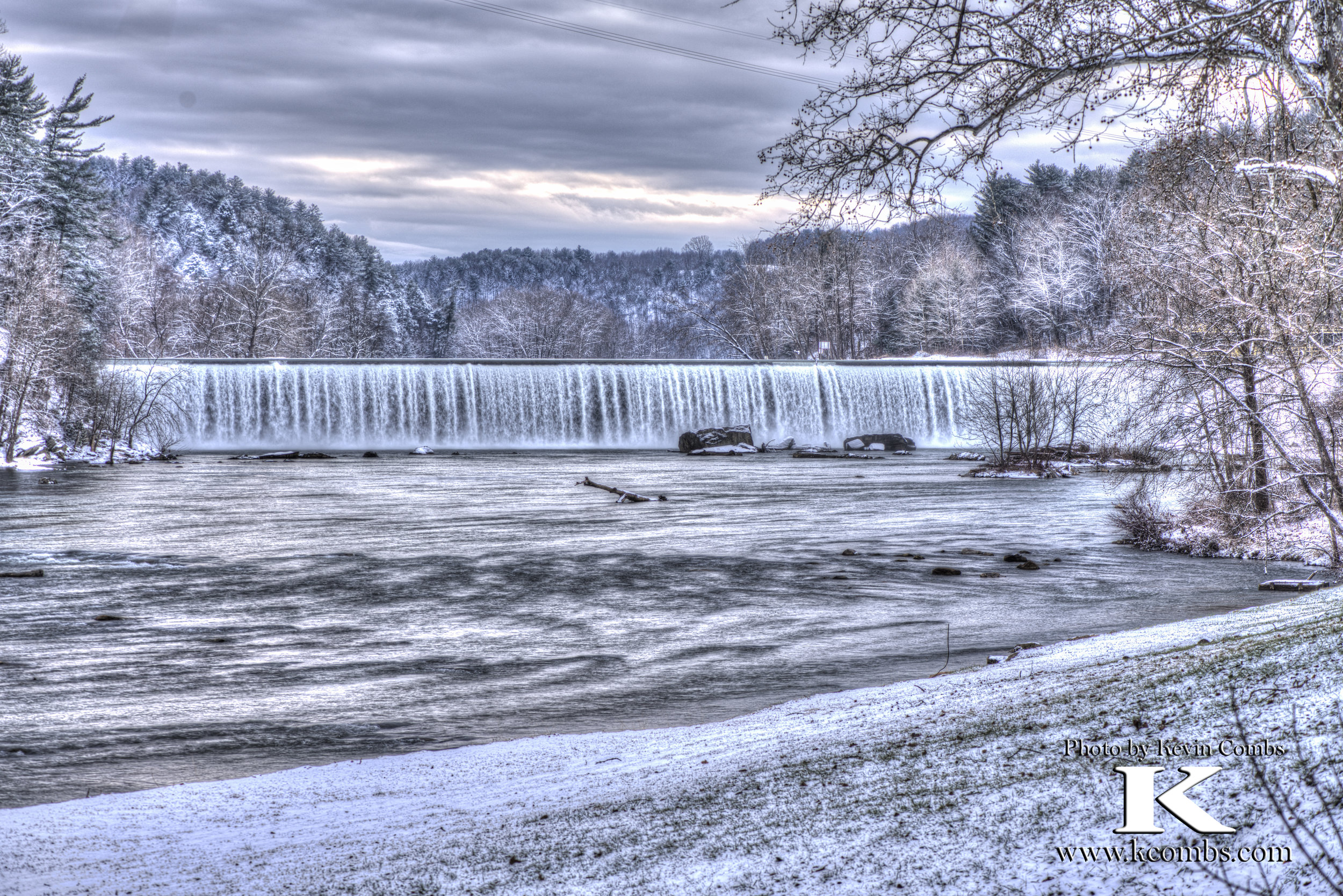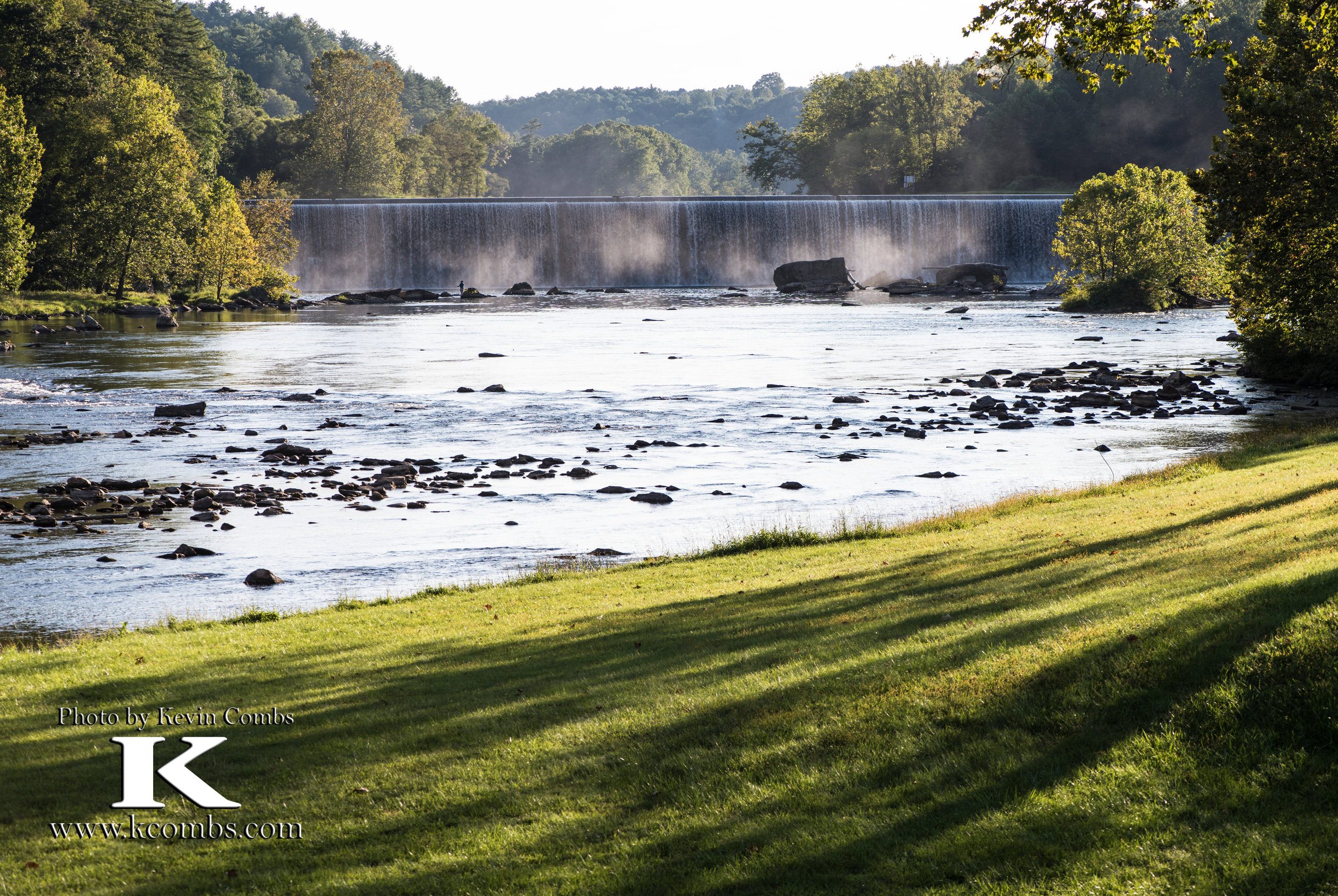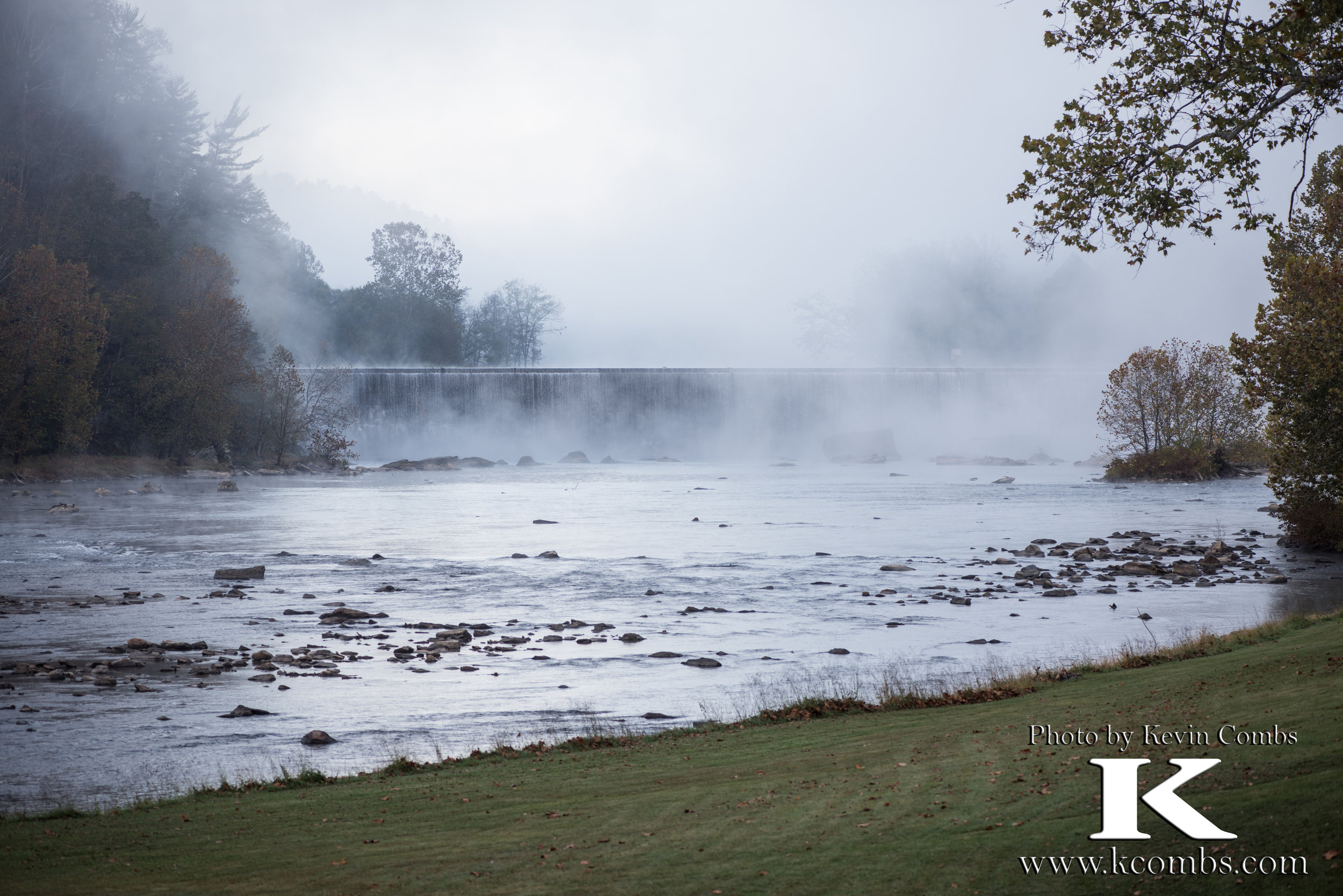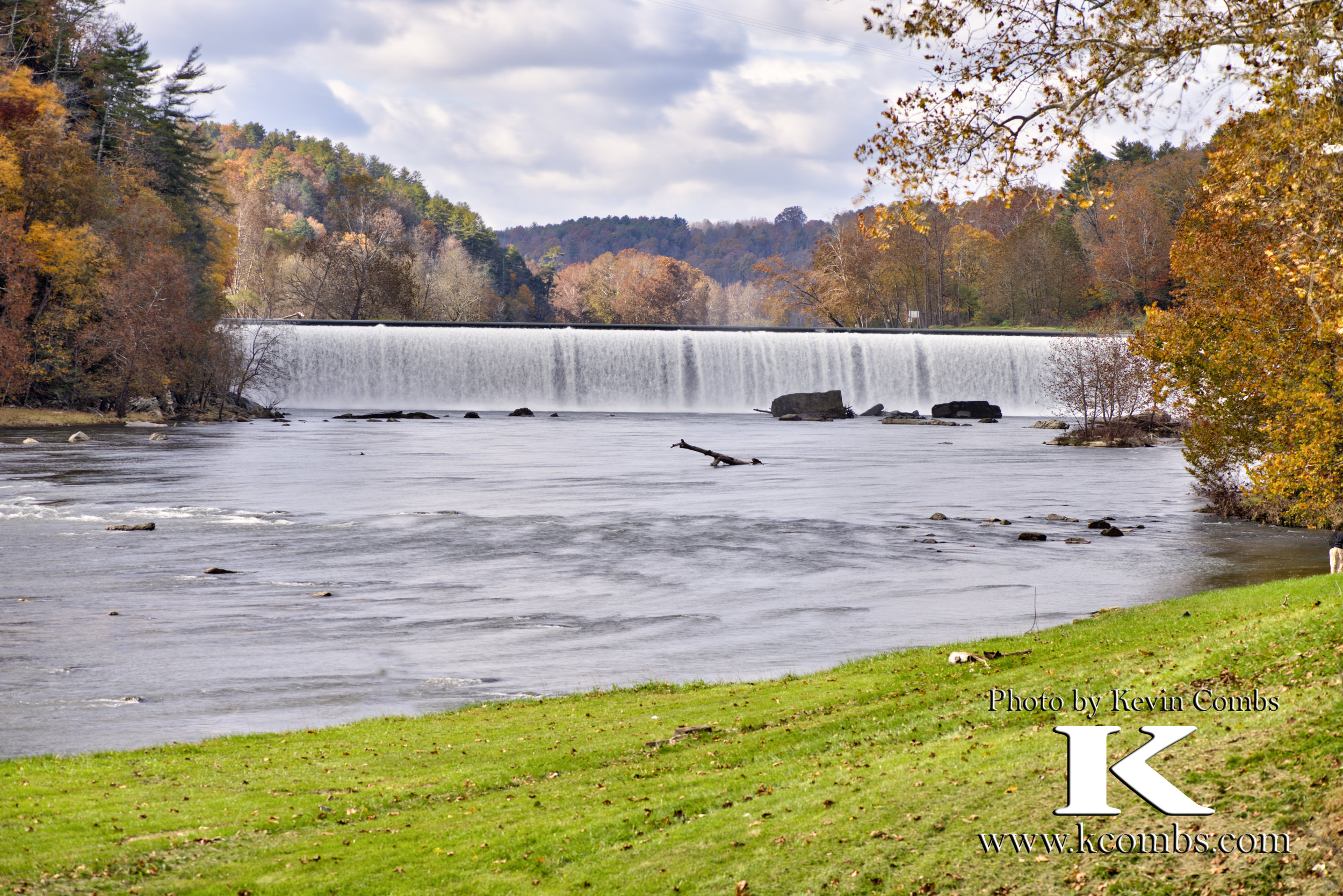How does a photographer become a videographer? From my experience it’s in fits and starts.
I’ve enjoyed being a photographer for over 40 years. I still find it rewarding and challenging. I have had ideas about videos I would like to produce, however, and I have done a few of those over the last few years. A couple of years ago, I decided to try to learn Adobe’s Premier Pro video production software. Let me tell you, it is very hard to learn. This summer, I decided to really push to learn it, and I have made a few videos.
My most recent one is a video slideshow of my photography set to the soundtrack of music by a friend - Jeff Whittington. It looks fairly polished, but like many things that seem to have taken little effort, it required a lot of effort.
Here are issues I ran into in the production:
1. What should be the theme of the video? My photography ranges from portraiture to abstract, from landscape to macro. I knew that I wanted to feature my hometown of Fries, VA in the video. I came to the conclusion that a slideshow of the four seasons through a year would help me narrow down the project.
2. How long do you allow the video to run, and what should be the duration of the individual stills? Those two questions are linked to each other. The video should not run too long or people will not finish watching it. Too short, and you have lost the opportunity to share your work. Also, the length of the stills shouldn’t be too long, or the audience will quickly lose interest. Too short, and they may not have enough time to process the images.
I had to decide whether to show the photos static or to have constant movement during the video. That is, would I have an image come up and then introduce movement such as panning or zooming once the image was up? I chose to keep the images still, believing that movement would make the video too busy.
2. What music should accompany the video? First of all, if you are going to share the video with the public, you have to use material that is not protected by copyright, or you would have to get permission to use it. There are sites where you can get open-source music, but you have to dig through and find music that is appropriate for the video. It’s difficult and time-consuming to find appropriate music on these sites.
I approached Jeff Whittington about using his music for the video. Jeff is a North Carolina musician, but he spends much time in Fries. He loves the area and believes that art projects like these generate interest in the area. He gave me digital copies of a number of his tunes. They choice was hard, but I determined that “Greensleeves” would be the perfect song for the video.
